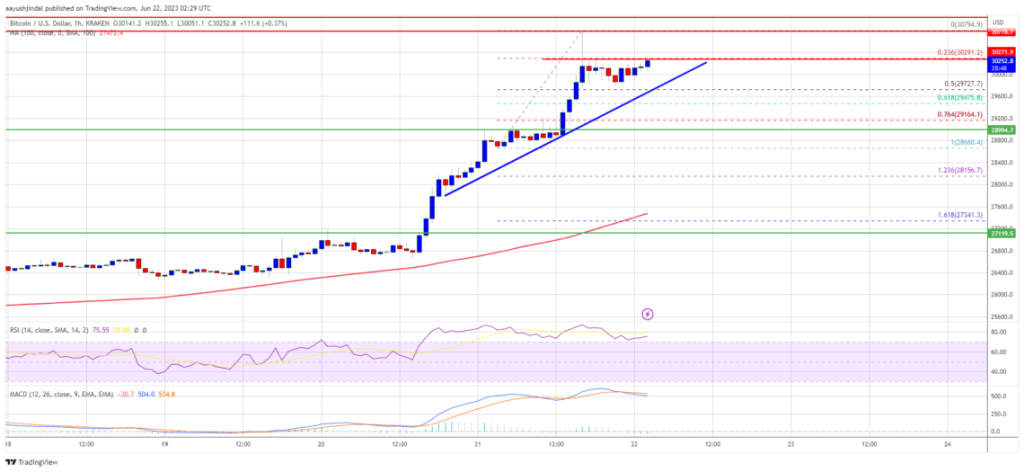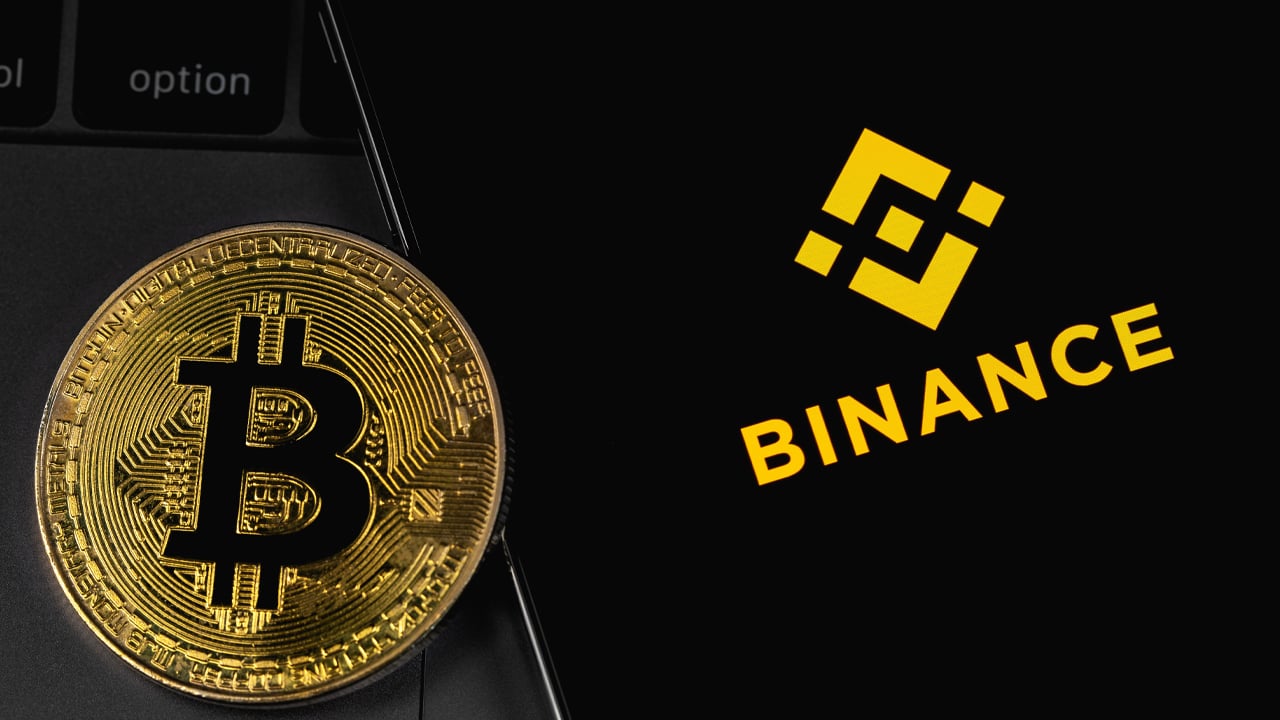In an ever-evolving financial landscape, Copaly emerges as the game-changer in digital currency. Embracing the power of cryptocurrencies is becoming increasingly vital for individuals and businesses seeking secure and efficient transactions.
In this article, we explore the importance of adopting digital currency and how Copaly’s cutting-edge interface ensures a relevant and future-ready approach to managing your crypto assets.
Understanding the Digital Currency Revolution
Copaly’s innovative platform offers an intuitive interface that makes storing and transacting digital assets a seamless experience. As the demand for user-friendly and secure solutions intensifies, Copaly stands out as the go-to choice for those seeking to navigate the cryptocurrency world with confidence and ease.
With its multitasking capabilities, Copaly simplifies the complexities of cryptocurrency transactions. Users can effortlessly send coins to friends and family while gaining easy access to buying, securely storing, swiftly selling, and even making asset swaps.
Copaly’s all-in-one solution empowers users to transact with their favorite digital assets and explore a world of possibilities in saving, trading, and diversifying their crypto holdings.
Its user-friendly interface enhances accessibility, ensuring newcomers and seasoned investors can navigate the platform effortlessly.
Ensuring Safekeeping
You unlock a world of possibilities by creating a free account on Copaly. Copaly’s dedication to security is second to none, offering a high-performance API, deep liquidity, and low fees to ensure a safe and seamless trading experience.
With its web-friendly interface, setting up your account and verifying it takes less than 3 minutes, saving you time while providing peace of mind. Once onboard, you gain the power to trade, send, receive, swap, and store cryptocurrencies.
The Unique “Favorites” Feature
Copaly goes above and beyond to enhance user experience with its unique feature allows users to favorite their selected cryptocurrencies. This personalized touch empowers users to curate their investment journey and keep track of their most valued digital assets with ease. By simply marking a cryptocurrency as a favorite, users can access essential information and updates about their preferred coins swiftly, enabling them to make informed decisions confidently.
Copaly’s thoughtful feature ensures that managing and monitoring your chosen cryptocurrencies becomes seamless and hassle-free, with the ability to tailor your portfolio and stay up-to-date with your favorite assets.
Conclusion
The Copaly web interface for desktop users is irresistible. Copaly’s thoughtful features, such as the ability to favorite selected cryptocurrencies, provide a personalized touch that enhances user engagement and convenience.
Whether new to cryptocurrencies or not, Copaly empowers you to navigate the digital financial landscape confidently, making it a compelling choice for anyone seeking a secure and rewarding crypto journey.


















